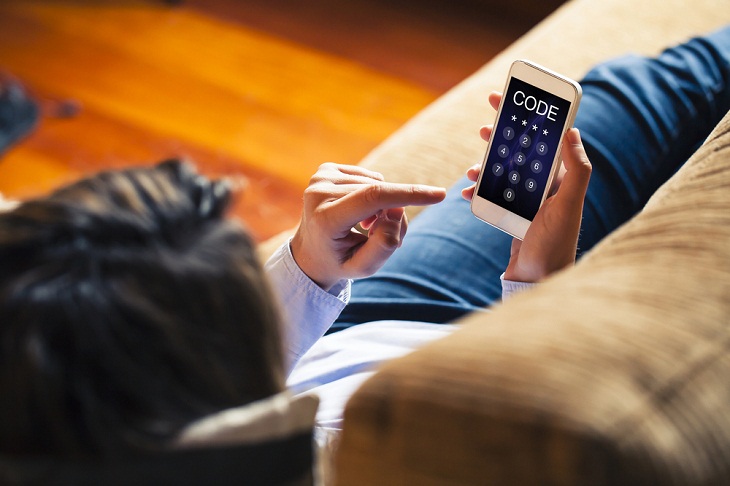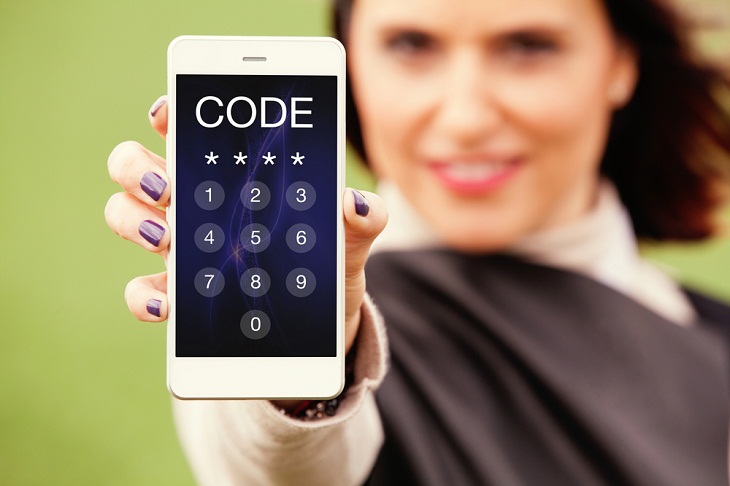
Many of us like to secure our smartphones these days with a passcode. While that's a good idea, what if you forget it? It’s a scenario many face - staring at the screen of a phone, unable to access it because the passcode has slipped from memory.
It’s easy to panic when you realize you’re locked out, but don’t worry—there are several ways to regain access without losing your data. For both Android and iPhone users, there are steps that can be taken to regain access to their devices, even without the passcode. This guide will walk you through the steps to unlock your smartphone, to make sure you can get back to using your device as quickly as possible.
Related: 5 Things to Never Store on Your Smartphone

Your iPhone won’t let you in until you enter the correct passcode. If you repeatedly type in the wrong code, your device will display messages like "iPhone Unavailable, Try Again in 15 Minutes" or "iPhone is Disabled, Try Again in 15 Minutes," depending on your iOS version. This waiting period gets longer each time you try and fail.
If you forgot your iPhone passcode, follow the steps below to unlock it.
To get started, you'll need a Mac or a PC. If you're using a PC, make sure it’s running Windows 10 or later with the Apple Devices app or iTunes installed. You’ll also require the cable that came with your iPhone or another compatible one to connect it to your computer.
If a computer isn’t available and you can’t borrow one, your next step should be to visit an Apple Retail Store or an Apple Authorized Service Provider for further help.
Next, follow these steps to proceed:
* Unplug your iPhone from the computer, if it’s already connected.
* Power off your iPhone based on your model:
To put your iPhone in recovery mode, first, locate the button you’ll need to hold down in the next step:
Related: Protect Your Phone from Being Hacked with This Guide
After connecting your iPhone to your computer, find it in Finder on a Mac or in iTunes or the Apple Devices app on a PC.
Contact Apple Support if you still can’t access your phone after following these steps.

Don't panic if you've forgotten your Android phone's passcode. There are several things you can do to unlock it. Let's explore your options.
Smart Lock (also known as Extend Unlock on Samsung devices) is a handy Android feature that keeps your phone unlocked when you're in a trusted location or connected to a trusted Bluetooth device, such as your fitness tracker or car.
To use Smart Lock, it must have been set up on your device beforehand. On most Android phones, you can find it by going to Settings > Security > Smart Lock. For Samsung devices, it’s under Settings > Lock Screen and AOD > Extend Lock.
Smart Lock offers the following options to unlock your phone without a password:
If you’ve already set up one or more of these Smart Lock options before forgetting your password, you can use them to regain access to your phone and back up any crucial data. Remember, you can’t change Smart Lock settings without entering your current PIN, and the feature won’t unlock your device after a restart.
Some phone manufacturers, like Realme, offer a straightforward way to regain access to your device if you forget your PIN. After entering an incorrect password several times, some phones may display a "Forgot Password" or "Forgot PIN" option on the lock screen. This option will guide you through a series of steps to verify your identity and reset your lock screen password.
Verifying your device requires you to enter your email address or answer security questions that you previously configured. Once your identity is confirmed, you’ll receive on-screen instructions to set a new passcode for your device.
Related: Got a Call from an Unknown Number? Here's What to Do
If you're still unable to access your Android phone, your final option is to perform a factory reset. This process will erase all data on your phone, restoring it to its original condition.
Because you’re locked out, you won’t be able to reset the phone using the Settings app. Instead, you’ll need to visit Google's Find My Device website and sign in to your account. Once logged in, select your phone and choose the Factory reset device option from the left sidebar.
If the first method doesn't work, you can try a factory reset via Recovery Mode. Follow these steps:
If you own a Samsung phone, there's an easy way to reset your screen lock code. Samsung has a feature called SmartThings Find that lets you control your phone from another device. To use this feature, you need to be signed in to your Samsung account on your device and have either a Wi-Fi or mobile data connection.
Here's what you need to do next:
After a few seconds, your current PIN or password will be removed, allowing you to set up a new lock screen security method.

Many third-party apps available online claim they can bypass iPhone and Android security without erasing data. However, these apps are often unreliable, and using them could void your phone’s warranty. Success with these tools is far from guaranteed.
Related: 7 Apps You Don’t Need on Your Phone!
Law enforcement agencies and intelligence services might unlock iPhones or Androids using specialized equipment, but these methods are usually illegal or too expensive for the average person. If the methods we've provided don’t work, your best option is to contact Apple or Android support or visit a licensed dealer for professional assistance.